A picture of one of the original SOHO posters.
Click on image for full size
Image courtesy of NASA
SOHO Mission Page
Have you ever wondered why your favorite radio station doesn't always come in? Solar activity, such as solar wind, sometimes causes this and other communication problems. Satellites experience disruption, which can cause cellular phones, television channels and other systems to malfunction.
Fortunately, scientists are trying to find ways to understand and forecast solar events. The SOHO mission is one way we are working to find the the answers. The Solar and Heliospheric Observatory is a byproduct of the European Space Agency and NASA. Together they have created and monitored the spacecraft since 1995. Although the primary mission was completed in 1997, scientists are still using the satellite, especially during the upcoming solar maximum.
SOHO is split into two separate modules, the service module which houses the controls and communication devices, and the payload module, which holds the satellite's 12 instruments. The instruments each have a specific purpose, and together they let scientists study the internal area of the Sun, its outer atmosphere and the origin of the solar wind.
The spacecraft has been through a lot since its launch on December 2, 1995. Mission control at Goddard Space Flight Center in Maryland, lost contact with the spacecraft for six weeks. Beeps that were sent out once every second eventually regained contact with SOHO. It has a rather unique orbit, which allows the satellite to stay over a billion kilometers ahead of the Earth. This way, the planet never crosses in front of SOHO, allowing the satellite to monitor the Sun at all times.
Some highlights of the mission include the discovery of tornadoes on the Sun's surface. These whirlwinds are typically the size of Earth and have much higher wind speeds than those on our planet. SOHO also recently travelled to the far side of the Sun, where it could see solar activity days before it would reach Earth. This may be the beginning of more advanced solar weather forecasting.
You might also be interested in:
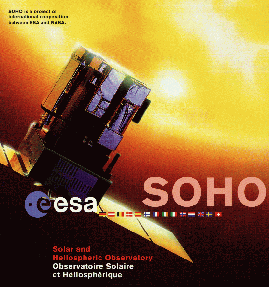
Contact with the SOHO spacecraft was re-established August 3rd following six long weeks of silence. The signals that are being received are intermittent and contain no real data in them. But still, these
...more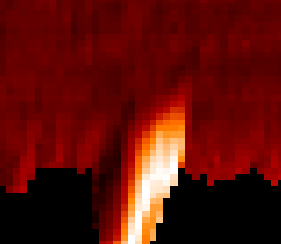
There just seem to be so many exciting things happening in space these days (and for the last year in fact!). One new discovery is that there are storms on the Sun very similar to our own tornadoes! This
...more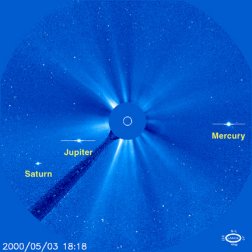
The Solar and Heliospheric Observatory (SOHO) will give us a special treat this month. On May 15, it will capture Mercury, Venus, Jupiter and Saturn together in what scientists call a conjunction. They
...more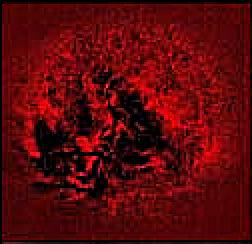
The SOHO spacecraft has made a great discovery! Scientists found a way to forcast space weather weeks in advance. Until now, we had no way to tell when a solar disturbance was heading towards Earth. The
...more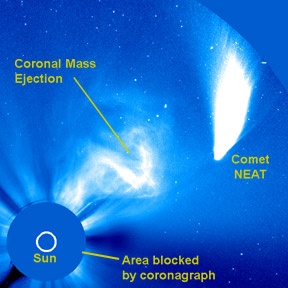
The picture on this page shows Comet NEAT on February 18, 2003 as it passed very close to the Sun. The comet was too close to the Sun to be viewed from Earth; the bright light from the Sun blocked our
...more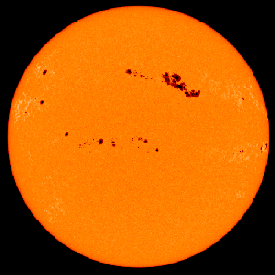
The largest sunspot of the decade has shown its face on the Sun. Another flare has shot from this sunspot! It was released at 4:51 EDT, Monday. Because the Sun rotates, this massive sunspot moved across
...more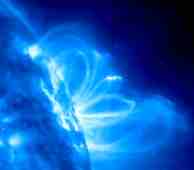
Even though they are far away, solar storms can affect us. They can disrupt our spacecraft and electrical power systems. So, figuring out how they happen and how we can predict them is important to NASA
...more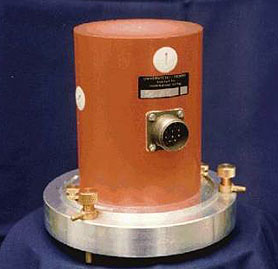
Scientists use a broad array of techniques and instruments to make the measurements needed for space weather investigations. Telescopic observations via spacecraft and ground-based observatories provide
...more














